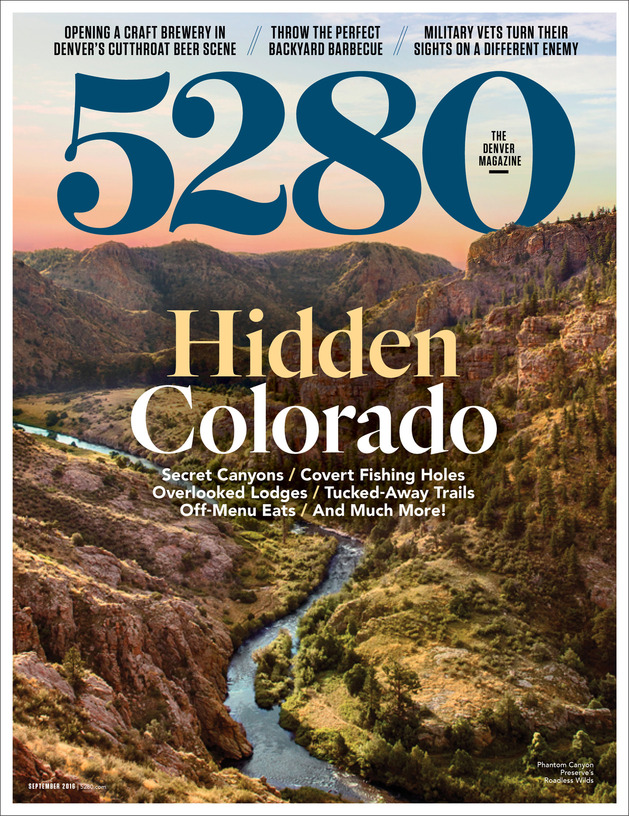The Local newsletter is your free, daily guide to life in Colorado. For locals, by locals.
The plight of threatened and endangered species regularly sets social media afire. But it’s difficult to encapsulate the enormity of the estimated $24.8 billion illegal wildlife trade in 140 characters. It’s much easier to grasp the issue when you’re standing in the middle of the 22,000-square-foot National Wildlife Property Repository, a warehouse that collects wildlife products confiscated during U.S. Fish and Wildlife Service (USFWS) inspections at American ports of entry. Hidden within the Rocky Mountain Arsenal National Wildlife Refuge in Commerce City, this one-of-a-kind storeroom is the stuff of PETA’s nightmares—but it is also one of the country’s most vital resources for protecting nature’s creatures and educating the public. Here, a by-the-numbers look at the repository’s heartbreaking inventory.
7 USFWS wildlife detector K-9s, all of which have been trained to sniff out specific species; the repository provides “training materials”—e.g., animal parts and products—for these four-legged detectives.
1,600 pairs of boots—made from crocodile, snake, shark, and other animals—seized, often because importers didn’t obtain the appropriate permits or licenses.
Thousands of items such as boots, belts, wallets, and skins provided by the repository to undercover USFWS agents for use in sting operations.
300 specimens of threatened or endangered felines, including skins and mounts of tigers, lions, leopards, lynx, and cheetahs, that have been confiscated during U.S. customs checks and sent to Commerce City.
June 2, 2016 is the date the USFWS announced regulations equating to a “near total ban” on the commercial trade of African elephant ivory in America.
123 USFWS wildlife inspectors, most of whom are stationed at ports of entry across the country.
4 tons of ivory—typically used to make jewelry and curios—the repository currently stocks, much of which will become part of educational exhibits.
10,000 jewelry items made of red coral, several species of which are protected, sitting in plastic bags in the repository.
15 percent of all items confiscated by USFWS agents and inspectors that end up at the repository; the remaining items are either destroyed, donated, or transferred to other government agencies.









